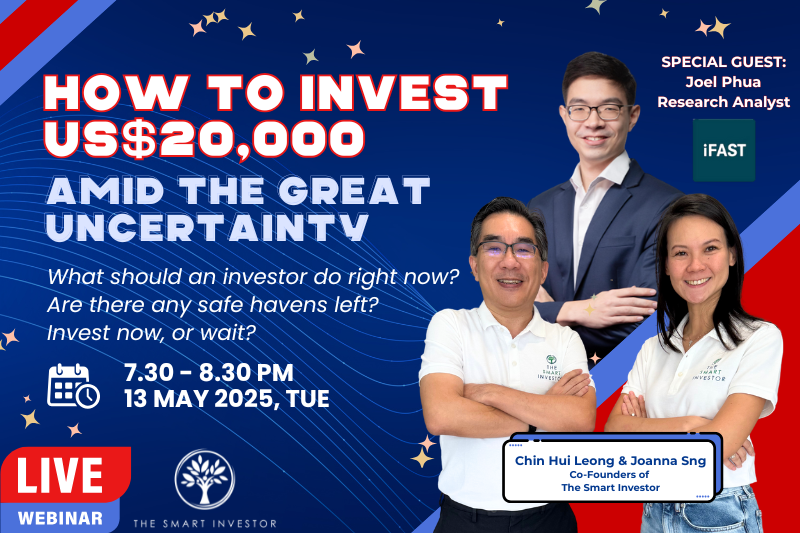There is a long laundry list of psychological biases that can trip us up as investors.
You can check out the first 15 of these in the following links below.
Part 1 – click HERE
Part 2 – click HERE
Part 3 – click HERE
Part 4 – click HERE
Part 5 – click HERE
The complexity of the human mind and its propensity to take shortcuts means that there are many more biases we need to be wary of.
They may be tough to avoid, but being aware of them means you can mitigate their effects on your investment decisions.
We present three additional psychological biases that could trip up your investment process.
Framing bias
Framing bias is a type of cognitive bias and relates to the way a statement is phrased.
When investing, people tend to embrace risk when a positive frame is presented and to avoid taking risks when presented with a negative frame.
You may be surprised to learn that the way a statement is worded can have a major influence on how you react to it.
An example might be: “Would you invest your money in company A if there was an 80% chance of a profit”?
Most people would choose to invest as the emphasis here is that of a “profit”, even though there is a 20% chance of incurring a loss.
However, when the same scenario is phrased differently, the perception of risk also changes.
If the question was – “Would you invest if there was a 20% chance of a loss?”, then investors may perceive it to be riskier and shy away from it, even though the probabilities for both scenarios are similar.
Home bias
Home bias refers to the preference for an investor to stick to investments that are listed on their local stock exchange.
For instance, a Singaporean investor may favour the shares of local blue-chip stocks such as Keppel Corporation Limited (SGX: BN4) or Sembcorp Industries Ltd (SGX: U96).
He or she may not venture into the Malaysian or Thai stock market because of unfamiliarity with the stocks listed in these two countries.
There may also be the perception that local stocks are “safer” as these companies are domiciled here and investors can meet the management in person at annual general meetings.
Home bias, however, imposes a penalty on investors as they will miss out on opportunities to invest globally.
Companies on other exchanges may offer a wider range of investment choices and allow investors to capture the growth that may otherwise not be found on their local exchange.
Some good examples are technology giant Tencent Holdings (SEHK: 0070) and software-as-a-service businesses such as DocuSign (NASDAQ: DOCU) and Okta (NASDAQ: OKTA).
By opening up your field of investment choices, you can achieve wider diversification and also hop on trends that cannot be found on your local exchange.
Status quo bias
This bias is an emotional one and indicates a preference for the current state of affairs.
When applied to investing, it represents a desire not to “rock the boat” and introduce changes to your portfolio.
The main reason for the status quo bias is inertia.
Investors afflicted by this bias would sit by idly rather than take active steps to tweak their portfolios.
For one, it may be tough to sell underperforming stocks as you will be locking in a loss.
Another reason for preferring the status quo could be the effort and time needed to research suitable investments.
While it may be tough to galvanise yourself to make changes to your portfolio, it is a necessary exercise if you wish to achieve an acceptable return on your investments.
If you’re nervous, confused, or worried about buying your first stock, then our latest beginner’s guide to investing can help. It’s easy to read yet packed with valuable insights. Download it for free today, and buy your first stock in the next few hours. Click here to get started.
Follow us on Facebook and Telegram for the latest investing news and analyses!
Disclosure: Royston Yang does not own any of the companies mentioned.




